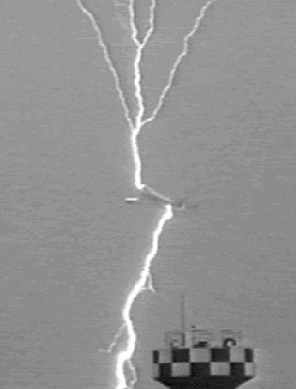
Note the clear branching that points away
from the two extremities of the airplane, evidence that the
discharge began at and moved away from the plane ( here's a video
of the discharge).
| Aircraft type (typical cruising altitude) |
Strikes |
Flight hours |
No. hours per strike |
| Piston (10,000 - 15,000 ft) |
808 |
2,000,000 |
2475 |
| Turbo prop |
389 |
1,291,000 |
3320 |
| Jet (~30,000 ft) |
521 |
1,741,000 |
3340 |
| Combined |
1718 |
5,032,000 |
29130 |

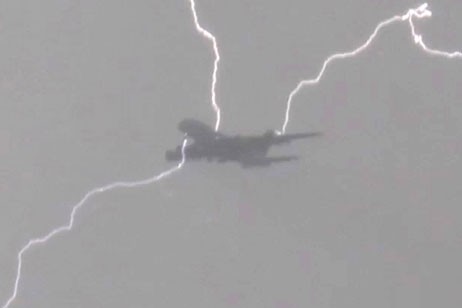
|
1964-1966 US Air Force Cambridge Research Laboratories "Rough Rider Project" used an F-100F aircraft (a 2 seat trainer version of the F-100, I believe) studied thunderstorms in Florida current recording system may not have had sufficiently fast time response to accurately determine current rise time and peak dI/dt values |
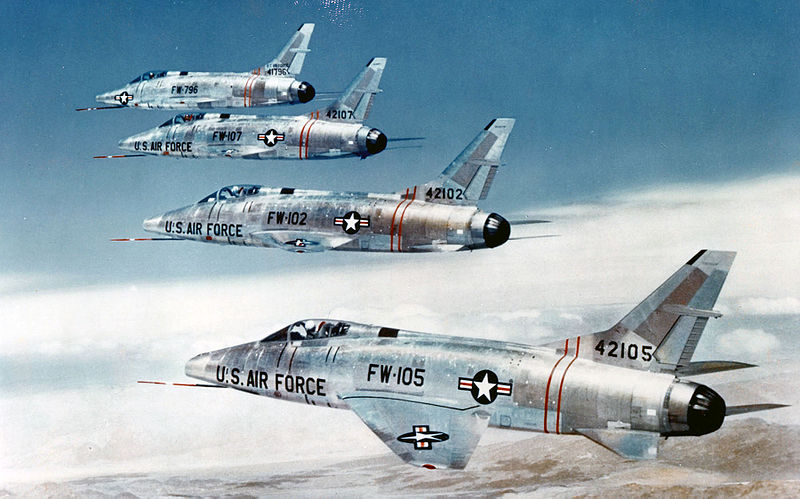 |
| Four US Air Force North
American F-100C Super Sabre jets flying in formation (source of this image) |
|
1980 - 1986 NASA Storm Hazards Program used a NASA F-106B aircraft About 1500 thunderstorm penetrations at altitudes ranging from 5000 to 40,000 ft. Struck by lightning 714 times. Almost 10 times as many strikes were recorded at high altitudes than at lower altitudes even though the numbers of penetrations at the different altitudes were about equal. |
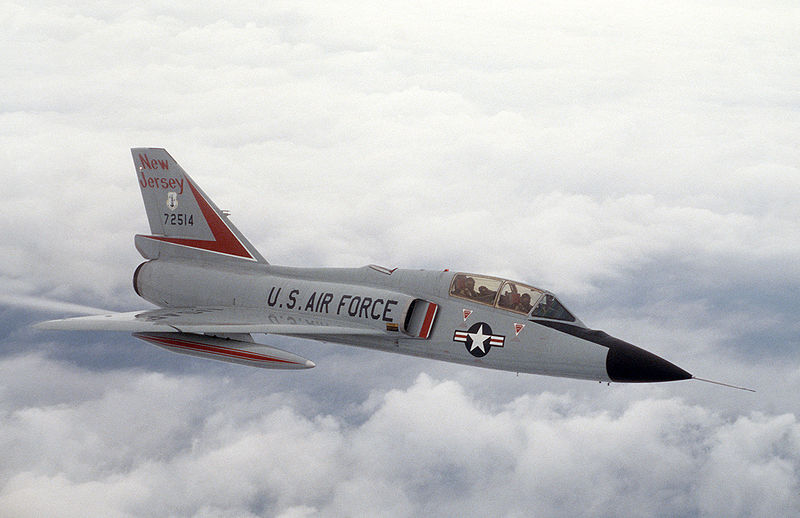 |
| A US Air Force F-106B Delta Dart This is a two-seat trainer version of the aircraft operated by the New Jersey Air National Guard source of this image |
1984, 1985, and 1987 USAF/FAA Lightning Characterization Program used a Convair - 580 twin engine turbo prop aircraft |
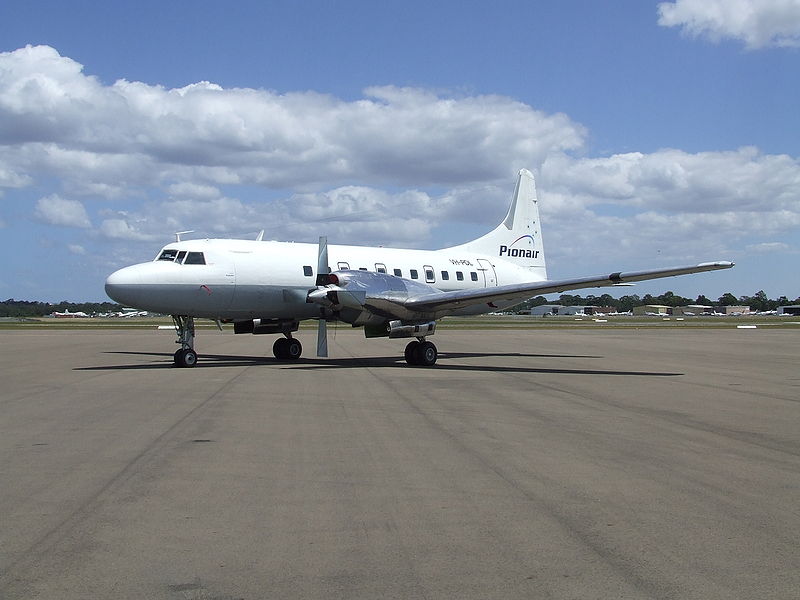 |
| A Pionair CV -580
aircraft (Pionair is a New Zealand based airline) source of this image |
1984 and 1988
no data apparently from the 1984 experiment the 1988 experiment was conducted in the south of France A particular interest were the processes that occur at the beginning of lightning discharges triggered by the aircraft. |
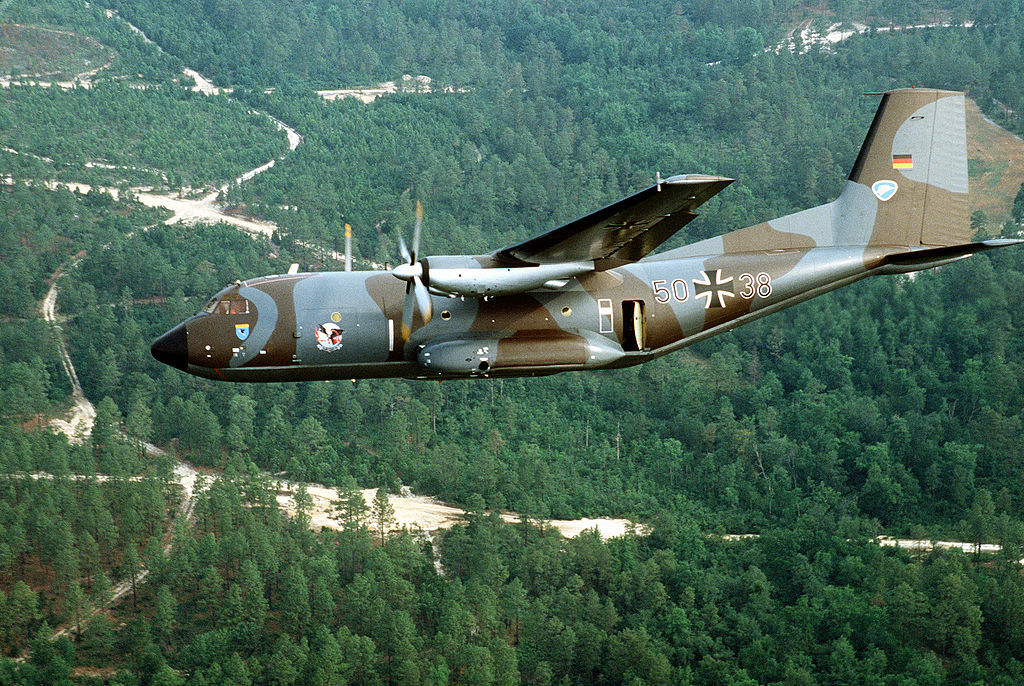 |
|
A Transall C-160D transport
aircraft
operated by the German Air Force. The Transall is built by a consortium of French and German companies. source of this image |